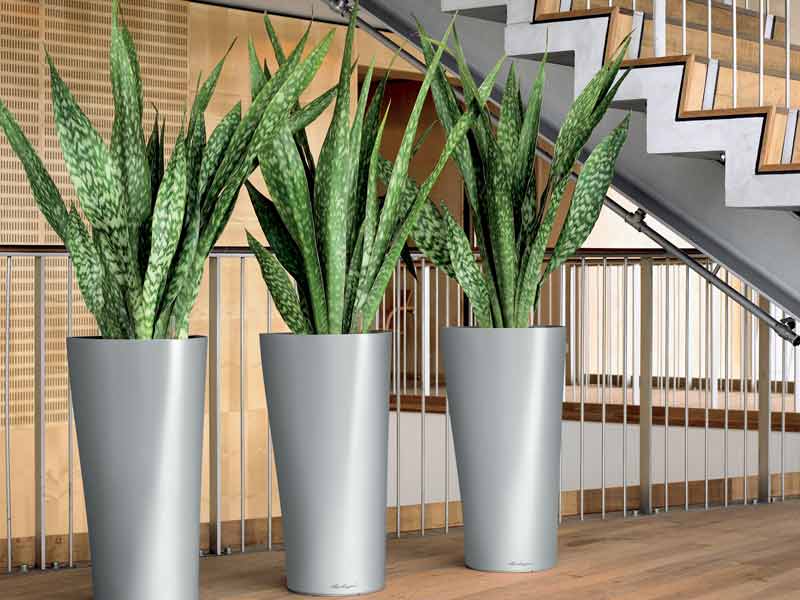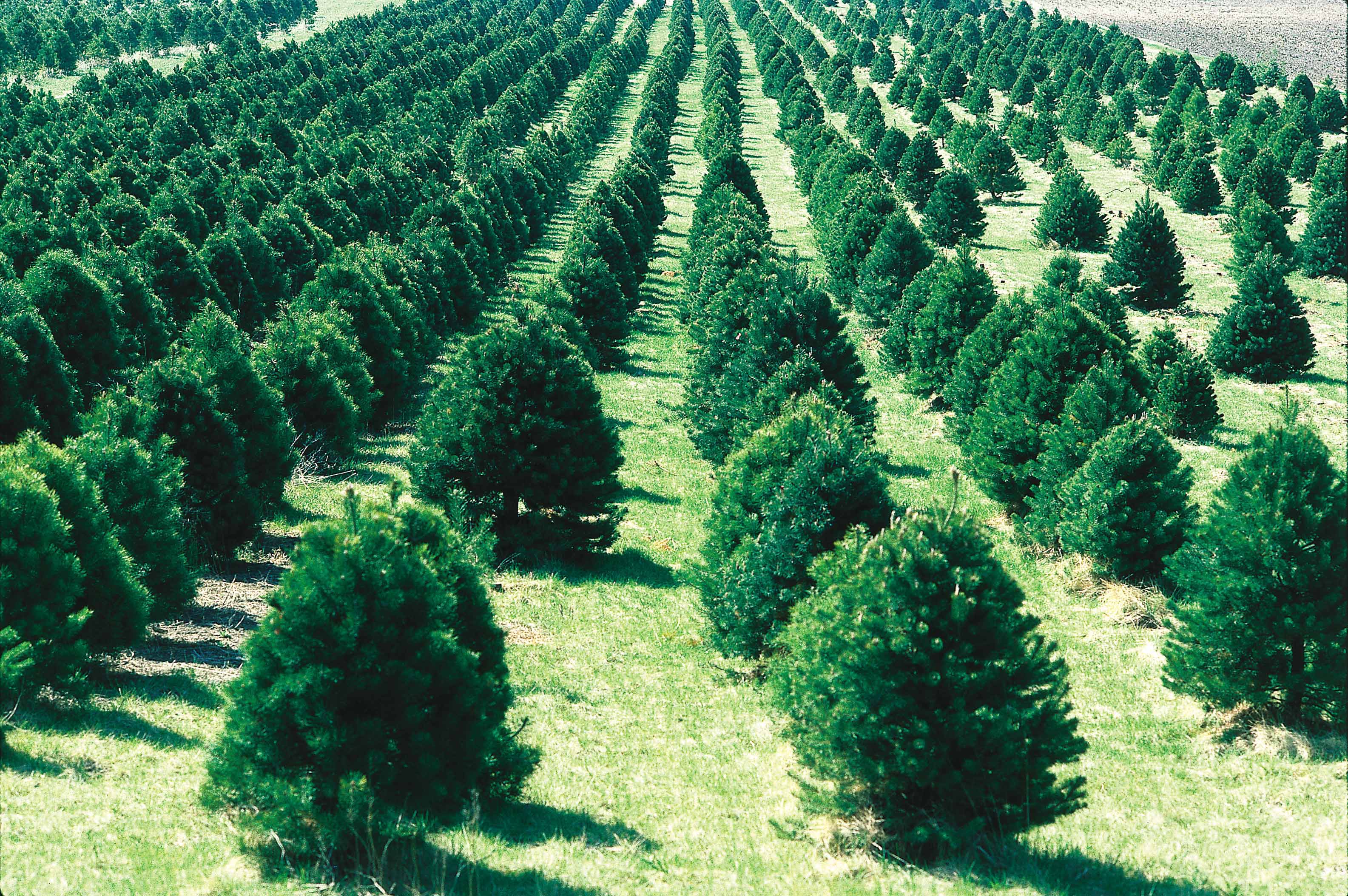Agriculture and Farming
Happy Independence Day from General Washington from Mount Vernon on Vimeo.
I recently made a trip to Washington D.C. There is so much to do and see around our nation’s capital. No matter how many times I visit, there is always a new place for me to check out.
But there is one place I haven’t been to for a very long time. I joined my family to make a side trip to Mt. Vernon, the 400-acre plantation home of the first President of the United States, George Washington. The estate is right on the banks of the Potomac River in Fairfax County, Virginia, near Alexandria, and was built in 1757.… Read More
Urban Agriculture: Why Eating and Buying Local Matters to the Planet
We get asked a lot to create edible walls and green roofs that are roof top farms. I recently ran across this thought-provoking article, thought-provoking for me at least as a person who thinks a lot about our relationships to plants, nature and the Earth.
This research in this article shows 90 percent of all the people in the United States could eat foods grown within 100 miles of home. The study was conducted by two engineering professors at the Sierra Nevada Research Institute run by the University of California at Merced. Read it here.
Many people have talked about the need to support local food supplies for many reasons.… Read More
Getting Waterwise in San Diego, Inside and Out
Part one of a three part series
California’s drought and the need to conserve water in every way possible is a concern for everyone. Outdoor gardeners have been asked to do their part for a long time, and they are helping by getting rid of their thirsty lawns and other plants that require more water than our Mediterranean climate allows.
But a lot of us don’t have yards or gardens, and our plants are all inside. Did you know that indoor plants need very little water? Good Earth Plant Company’s technicians water some plants less than once a month. Depending upon the size, variety and type of plants in your home or office, the total amount of water you use monthly should be 50 gallons or less.… Read More
Get Your Food Closer to Home and Save the Planet
Regular readers here know how much I love urban farming. Good Earth Plant Company employee Dawn Weatherford (thank you, Dawn!) tipped me off to one of the most exciting urban farming project I’ve ever seen and I wanted to share it with you.
The startup company Vertical Harvest plans to turn an old industrial building in Jackson, Wyoming into a huge vertical farm. It will use a hydroponic system to grow vegetables like microgreens and tomatoes. The photos and description of what the company intends to do are eye-popping.
The city of Jackson is partnering with Vertical Harvest to make this happen.… Read More
Naughty or Nice: Good Earth Plants Gets Into The Christmas Tree Debate
The debate about real versus artificial Christmas trees used to be all about authenticity versus convenience. But these days, it’s also about which tree is truly the most earth friendly.
The debate rages on, starting up every year about this time. It never seems to be settled, because both options have their naughty and their nice aspects.
Believe it or not, the first artificial Christmas trees were made from toilet brush bristles in the 1930s by the Addis Brush Company, true – and eww! But don’t worry, most of today’s trees are made from metal and PVC, a petroleum based plastic product.… Read More
Ten Tips for an Eco-Friendly Thanksgiving Dinner
Use reusable plates, glasses and napkins. Yes, get out the good china, and skip the paper or (yikes) Styrofoam plates. Even when you account for original production of ceramics and using water to clean the plates you come out ahead here.
Use local and organic foods as much as possible. See what your local farmer’s market has to offer the week before Thanksgiving and get creative. Organic food is chemical-free, and promote biodiversity and better soil quality.
Compost your scraps. The average American family wastes 600 pound of uneaten food every year. The least you can do is start a compost bin and make your scraps useful and your plants happy.… Read More
Give Thanks For Good Earth Plant Company’s Trivia Contest
Part of our mission at Good Earth Plant Company is to share what we have learned and educate our clients and friends. But we also like to have fun, so why not combine the two?
Welcome to our first Good Earth Plant Company Trivia Contest, first in what we hope will be a long running series. We will give you ten questions on a specific theme. The rules are simple. Email your ten answers to [email protected] The person who gets the most questions right by 12 midnight on Saturday, November 15 gets a swell prize: your choice of a beautiful potted orchid, or a $20 Starbucks gift card.… Read More
Jim Mumford’s Tree Benefits You Never Knew
My time spent growing up in San Diego in the 1960s and 70s was pretty close to perfect. There were always a gang of guys around for fun and adventure and the canyon behind my home provided the perfect giant trees for climbing, fort-building and tire-swinging. The canyon’s trees acted as sturdy protectors of my childhood and I never dreamed that someday those same trees might be endangered.
Trees provide a multitude of benefits. Things you would never even think about. Did you know trees can help reduce violence? Neighborhoods and homes that lack trees have a higher rate of violence in and out of the home than their greener counterparts.… Read More
America’s Founding Farmers Planted a Nation
When Presidents Day rolls around, I always think about what it must have been like to have lived in the late 1700s. Seeing painted portraits of Washington and Jefferson with their long hair and ruffled shirts makes me believe they were way ahead of their time.
We learned what we needed to know in sixth grade so that we could write a report on Jefferson. There was the bad rumor about Washington’s dental issues. But what else do we know about these brilliant men?
This we DO know: our Founding Fathers were dedicated cultivators of the earth. They planted gardens, had animated discussions on the correct recipe for compost and thought about the future of the earth they would leave behind.… Read More
Disguised as a Volunteer
There are Angels walking the trails at the Escondido Creek Conservancy. They are also happily hiking Mission Trails, Torrey Pines State Park and numerous other locales filled with regional flora and wildlife. You may not recognize them as they might be wearing a vest with pockets, a shirt with a badge or maybe just a plastic nametag.
These Angels are the volunteers at our local parks, preserves and wildlife areas. They don’t get paid, but instead they “pay it forward” to eager children and interested adults who wander these local paths.
While indulging in a good read of the UT San Diego , I came across an article about one such Angel, 54 year-old Donna Walker. … Read More










